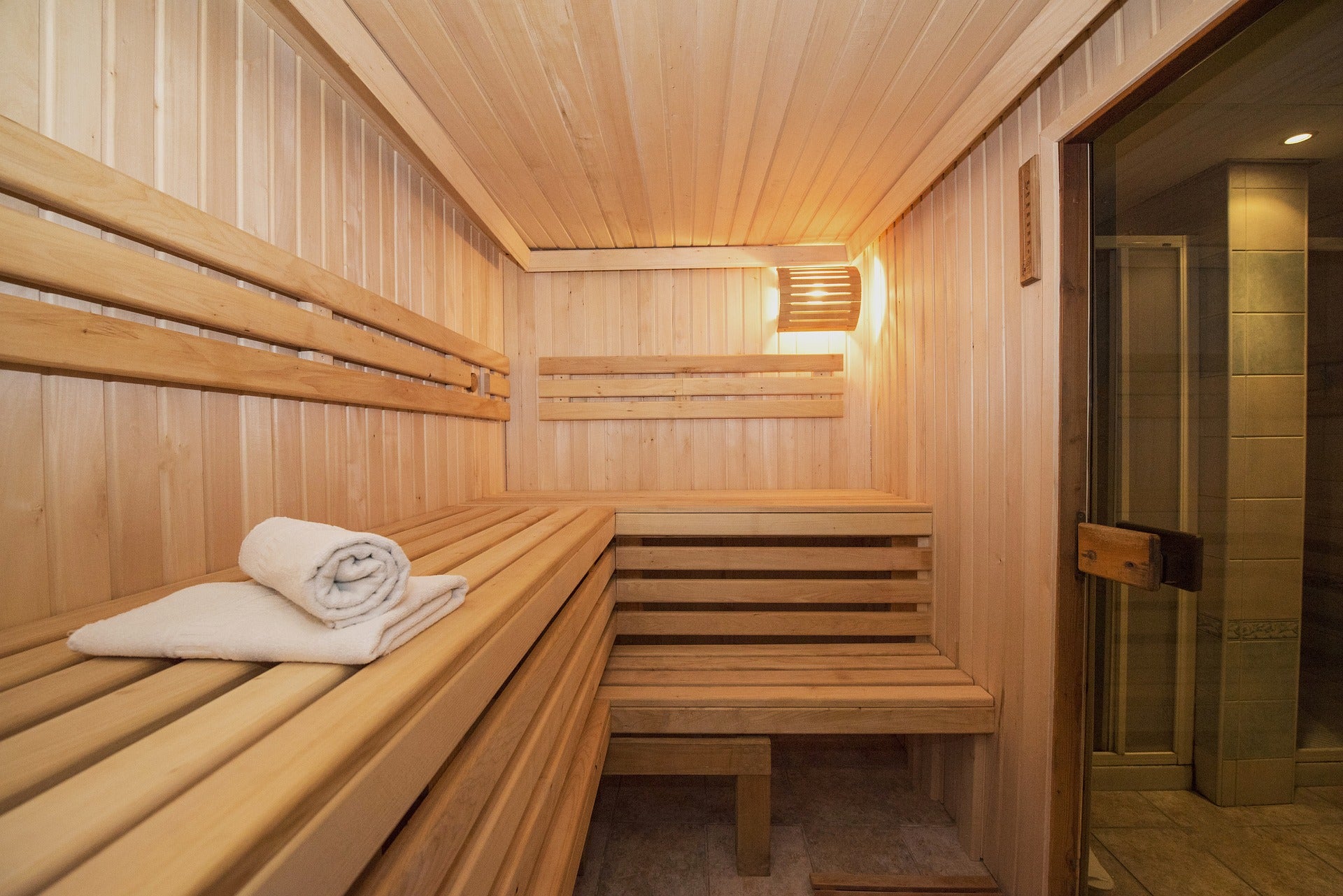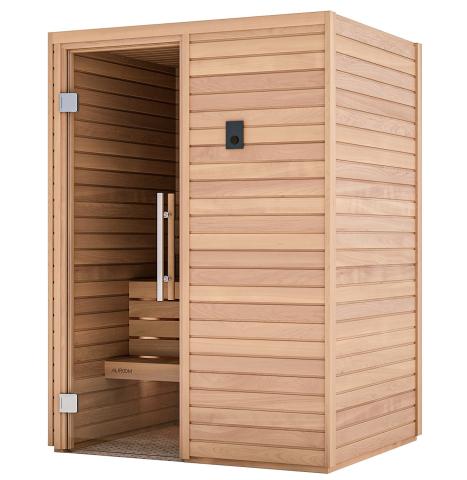Traditional Sauna - The Facts
Traditional Sauna - The Facts
Blog Article
The smart Trick of Traditional Sauna That Nobody is Discussing
Table of ContentsThe 45-Second Trick For Traditional SaunaThe Single Strategy To Use For Traditional SaunaThe Ultimate Guide To Traditional SaunaWhat Does Traditional Sauna Mean?Things about Traditional Sauna
Energy savings is one point to think about for individuals that intend on utilizing their sauna regularly. For a typical sauna, bathers usually require to await 30-40 mins for the room to preheat prior to entering. Infrared saunas, on the other hand, typically reach their optimal temperature level in around 15 minutes.That indicates that in an infrared sauna, bathers can start enjoying their sauna quickly. One distinction between the 2 kinds of sauna that is usually overlooked is the social experience.
Think about exactly how many individuals will certainly be using the sauna prior to making your choice. Including a sauna to your home can be among one of the most amazing and rewarding choices you'll ever make. Regular sauna usage will certainly enhance your circulation, preserve healthier skin, assistance kidney function, minimize high blood pressure, enhance brain feature, and a lot more
Try a sauna today and discover several of the impressive benefits for yourself!.
Traditional Sauna Fundamentals Explained
Infrared and conventional completely dry saunas are both popular choices for those seeking leisure and healing advantages. There are some vital distinctions in between the 2 kinds of saunas that need to be taken into consideration before making a choice. Conventional dry saunas use heated rocks to generate heavy steam, while infrared saunas make use of infrared heating systems to straight heat the body
Factors such as warm tolerance, preferred level of cleansing, and total health and wellness ought to be taken into account when deciding which kind of sauna to utilize. Infrared saunas are a sort of sauna that use infrared light to heat the body straight, instead of heating up the air around the body like standard saunas.
The temperature level in an infrared sauna is commonly lower than in a conventional sauna, with temperatures ranging from 120F to 150F. Infrared saunas offer a variety of benefits that make them an appealing choice for those wanting to boost their wellness and wellbeing. A few of the benefits of infrared saunas include: Infrared saunas use lower temperatures than traditional saunas, which can make them a lot more comfy for those who locate high temperatures tough to endure.

Infrared saunas have been shown to assist the body get rid of toxins via sweating. Sweating can also assist to improve skin health by removing impurities and dead skin cells.
Fascination About Traditional Sauna

With their lower temperature levels, deep penetration, and array of wellness advantages, infrared saunas are a great method to loosen up, relax, and enhance your overall wellness. Typical dry saunas have been around for centuries and are still preferred today. They are generally warmed with timber, gas, or electrical energy and have reduced moisture levels.
There are a number of benefits to view website using a conventional dry sauna. Right here are a few: Relaxation: The heat and low humidity in typical dry saunas can aid loosen up the muscle mass and reduce stress and anxiety levels. Detoxing: Sweating in a sauna can aid get rid of toxic substances from the body, which can boost overall health.
The 2-Minute Rule for Traditional Sauna
When it involves saunas, there are two major kinds of heating approaches: standard and infrared. Conventional saunas use warmed air to warm the body, while infrared saunas use infrared radiation to penetrate the skin and heat click resources the body from within. Among the major distinctions in between the two methods is the kind of warm they create.
Since infrared radiation passes through the skin more deeply, it can create a similar sweat action at reduced temperatures. An additional distinction is the method the heat is distributed. Typical saunas warm the air, which after that heats up the body through convection. Infrared saunas, on the various other hand, warm the body directly via radiation.
In regards to power effectiveness, infrared saunas are normally more effective than typical saunas because they need much less power to operate. They also warm up faster, so they can be made use of for shorter sessions. When it comes to the effects on the body, both kinds of saunas have been shown to have advantages.

Some Known Facts About Traditional Sauna.
Both kinds of saunas supply one-of-a-kind advantages and disadvantages that need to be taken into consideration before choosing. The choice between an infrared sauna and a traditional dry sauna mostly depends on individual preference and the desired benefits. Those that like an even more comfortable, lower temperature useful source environment may prefer an infrared sauna, while those who are seeking extreme warmth and a conventional sauna experience might choose a conventional completely dry sauna.

Report this page